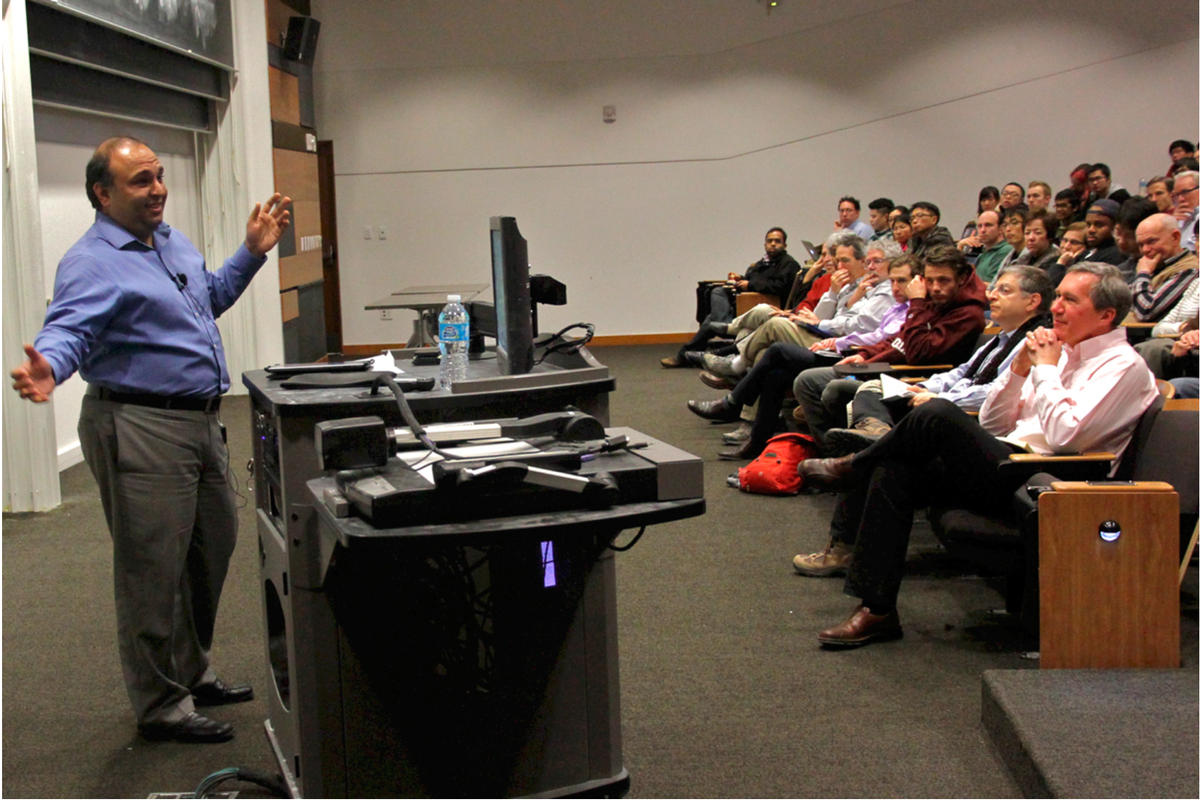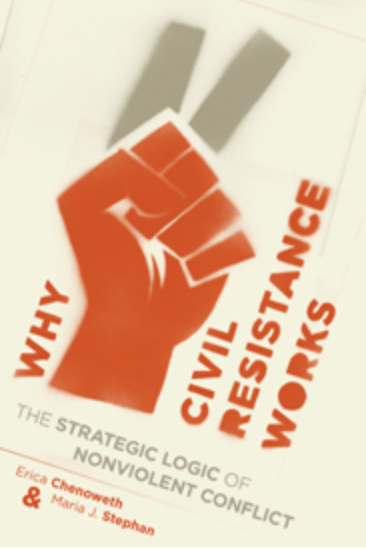The Plan #6: An Awakening

Part 1: Problems
Chapter 1: What Does it Mean to be Most Important?
Like any rocket, real or imagined, the ship that will carry us will be made of many pieces. However, the first one to build is clear. The engine of our rocket, the idea that will lift everything else we need, is something I had been playing with my whole life. I never saw how powerful it could be though until I saw it in the hands of a master, on a nasty wet Pittsburgh Valentine’s Day in 2013.
The talk was in the Gates building, which, obviously, was the Computer Science building. The name gave it away. At the time — who knows how many more have sprung up since — Bill Gates had computer science buildings named after him at Stanford, MIT, Cambridge, UT Austin, Cornell, the University of Washington and, Carnegie Mellon University (CMU). Which is where the talk was, and where I was, sitting in the pleasant but shoe-box shaped lecture hall, waiting for the speaker to be introduced.
The speaker’s name was Rayid Ghani. Not that this meant anything to me, on its own. I was there because Rayid had been Barack Obama’s Chief Scientist for his 2012 presidential campaign, the campaign that newspapers across the country swore was filled with data magicians and computer science wizards, changing the very face of modern politics. That was enough of a reason for Rayid to be invited anywhere, but this talk was particularly special because it was also a homecoming. Rayid was one of the first people to receive a Masters degree in Machine Learning from CMU. I was in the middle of the same degree, so I went to see what the wizard looked like, and what magic I might hope to perform myself one day.
One of the first things that you notice about Rayid is that he both moves and speaks with a truly wizardly smoothness. His body and words seem to simply float through space. Engrossed in conversation, I have seen him trip over a New York sidewalk, fall fully to the ground, and pop cheerfully back to his feet before some of the people he was talking to even realized he was down. However pleasant his presence is though, this relaxing quality does not prepare you for what is to come when he opens his mouth. After he was warmly introduced by the chair of the department, Rayid graciously thanked us for coming, glided gracefully over to the blackboard, and said something that hit me so hard I can still remember the sound of his voice. It sounded something like this:
Well, what were we trying to achieve? We needed 270 electoral votes. So, we used the number of electoral votes as the outcome of our model, and we just did an optimization.
Or in other words, we built a model of the country, showing where we might be able to win votes, and how. Then we tried to find the highest number of votes we could get with the resources we had. Or to describe it most simply: We used computer science to describe the world as we saw it, and all the possibilities it held — then we simply looked for the best world that we could get to, and went there.
This was my childhood habit, my cookie dough conundrum, my endless process of looking for the Best. But it was on an entirely different level.
There were three key ideas that gave this moment the quality of an almost religious awakening. First, the idea that the goal had to be extremely precise. My goal had been the “best” ice cream, but I didn’t even stop to ask what that meant. Rayid’s goal was 270 electoral votes for the Obama campaign. He could measure it. He could see how far away it was. He could see what he needed to do to get there.
Second, I was moved by the idea that you could apply this thinking to anything. The best ice cream is nice, and the best career is even better, but why stop there? There is a world of things that could be better.
Third, Rayid showed me that this approach to problems was the most natural thing there is. It’s not wizardry, it’s not magic, it’s not even something you need a Master’s degree to do. It’s simply what makes sense, given the tools we have. This is the impression that Rayid gave as he told us in his smooth, calm, quiet voice, about the math he did that made an American president.
A reporter from the university newspaper was at the talk, and took a picture showing both speaker and audience. Rayid is gesturing jovially, arms spread wide, looking like he could be talking about a fish that he caught and gently released. But the audience is staring with an unblinking intensity, the first row an almost brigade-like uniformity of august gray hair, and hands pressed thoughtfully to chins. My own advisor can be seen in the second row, giving Rayid the most penetrating stare, looking as if this were a briefing on nuclear secrets. And I suppose, I sort of thought of it that way myself.
The same reporter was waiting outside as we left, and she asked me for a quote. I remember this too, but now my state of mind in the middle of a transformation is recorded forever in The Tartan. This is what Madelyn Glymour wrote down. “It felt vindicating. We work on [machine learning] with the conception that it will be useful, and very rarely feel like it actually is.” I had found a purpose.
(The original article is here, for those who are interested.)



